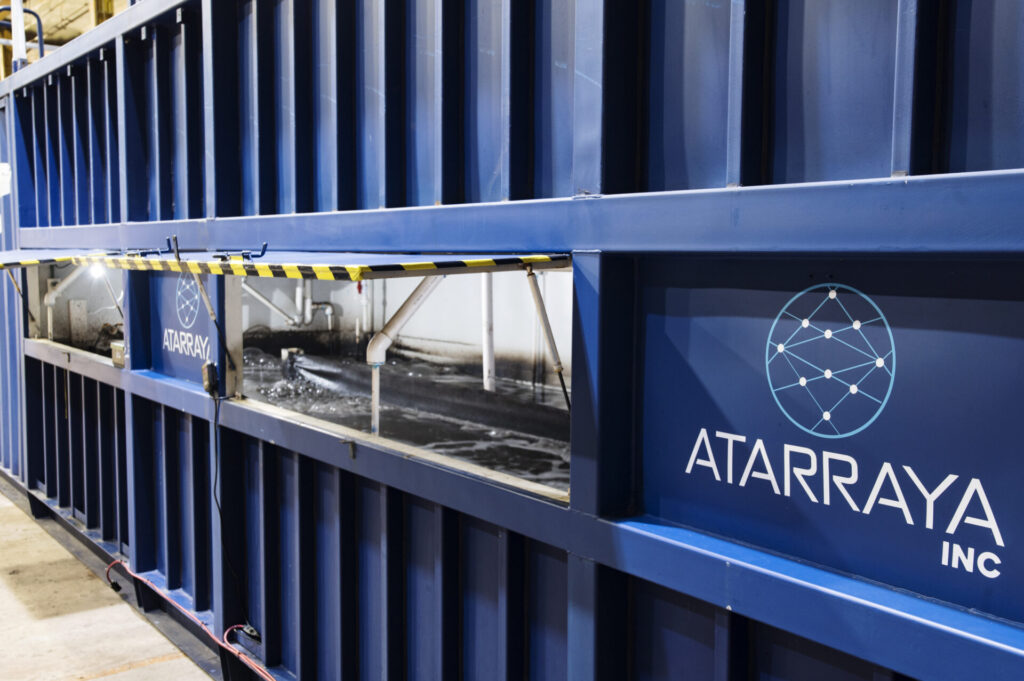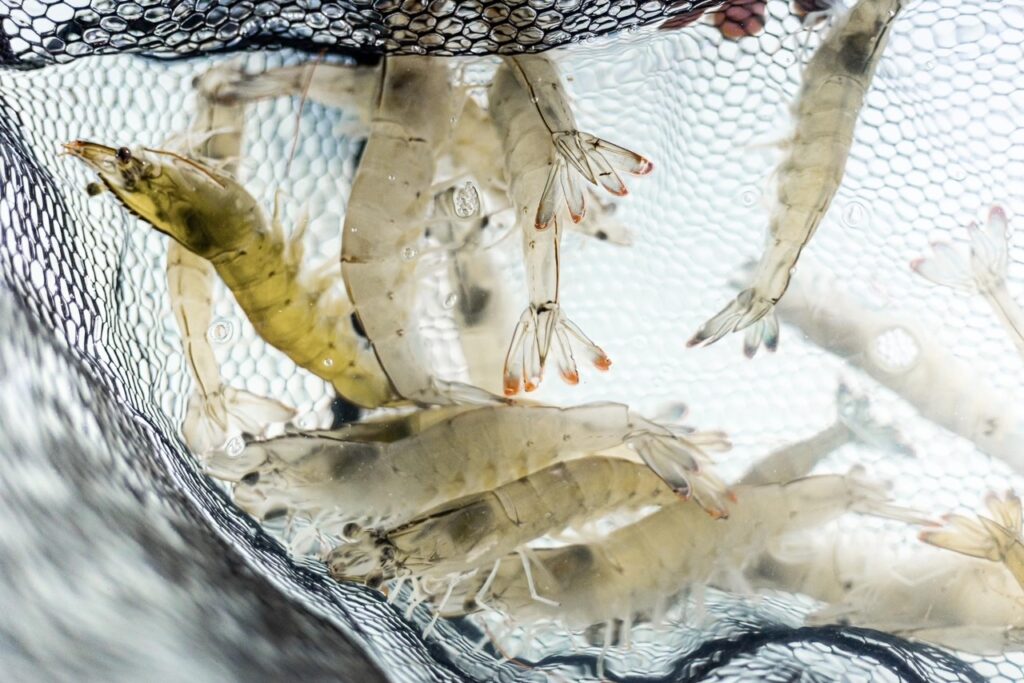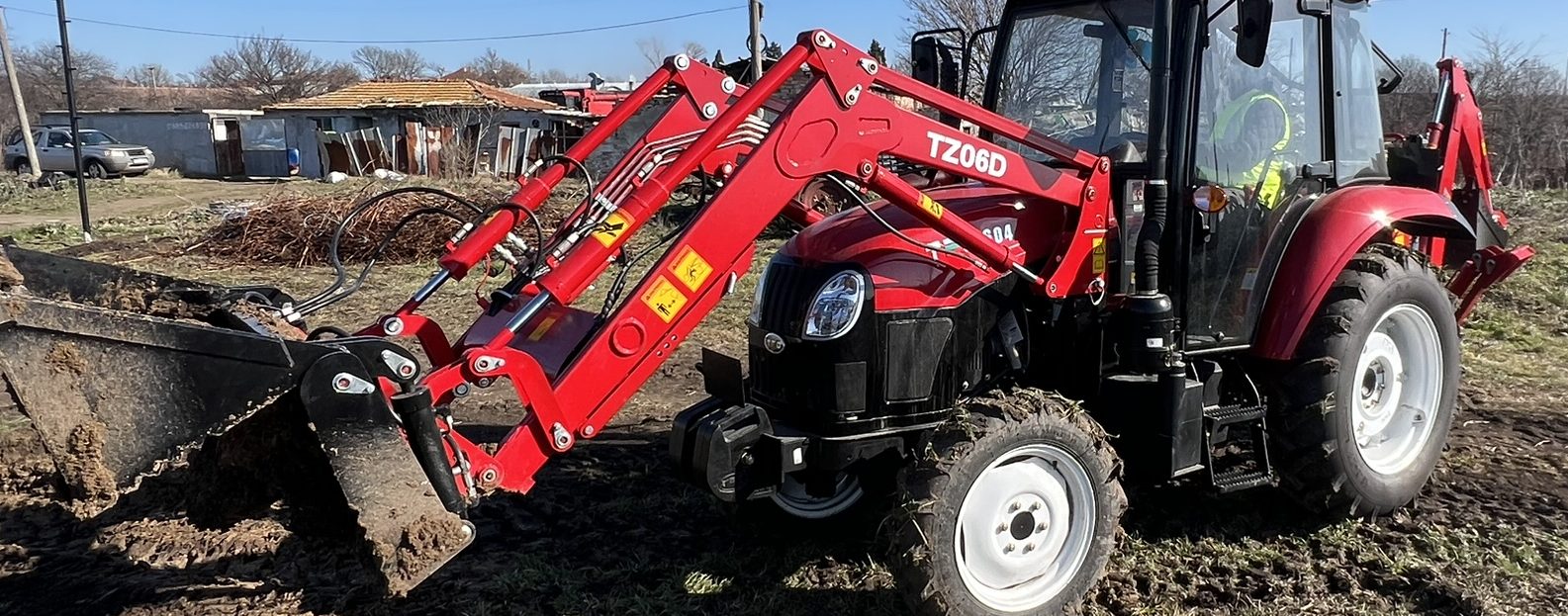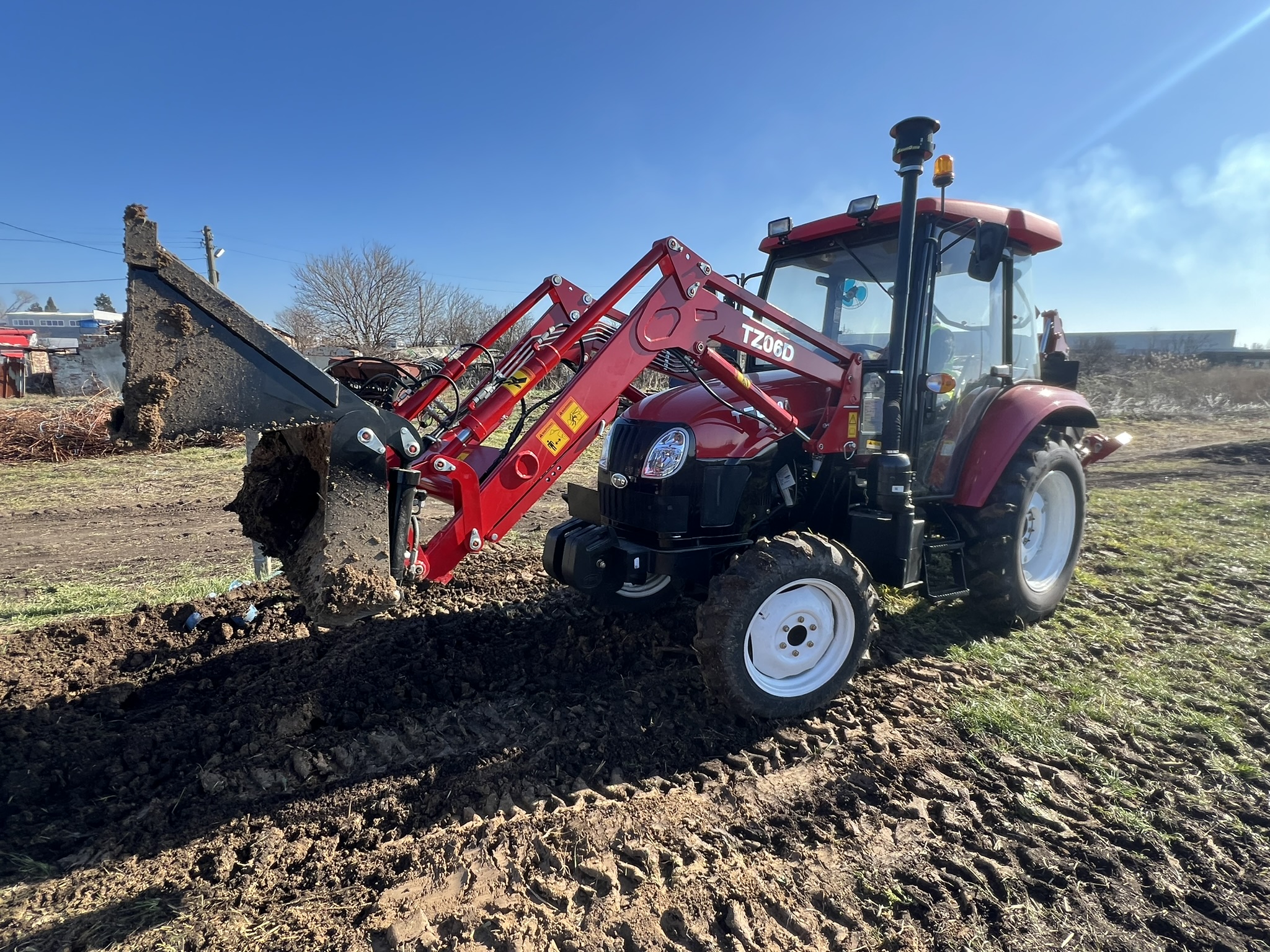
High-tech shrimp farmer Atarraya is planning to build a shrimp farm featuring 200 self-contained ‘shrimpboxes’ deploying microbes to process waste products from shrimp—at a new site in the Northeastern US.
The firm, which just bagged the FoodShot Global4 water grounderbreaker prize, is one of a handful of startups developing more sustainable alternatives to coastal shrimp farming, which comes with a laundry list of problems from slave labor and the destruction of mangrove forests and wetlands, to the pollution of waterways with organic waste, chemicals and antibiotics. It is also vulnerable to disease and extreme weather.
Growing shrimp in high tech tanks can tackle these issues and deliver a high-quality fresh local product. But it’s not for the faint-hearted, Atarraya founder and CEO Daniel Russek tells AgFunderNews.
“We spent a long time working on this before it was ready to roll out. We’re looking to expand to 100 tanks in Indianapolis by Q4, 2025, and 200 tanks for our new site in the Northeast for the New York City market. For the first 100 tanks there, we have already sold all our product. But we’re also talking to economic development agencies in New Jersey, Connecticut, and Pennsylvania.”
He adds: “We want to show what an operation at scale looks like so we can start transferring the technology [enabling others to use the shrimpbox system].”
Coastal shrimp farming is ‘devastating to the environment’
In the US, says Russek, who started working with fishing communities in Mexico 18 years ago, consumers are reliant on imports of shrimp, demand for which outstrips supply.
“I was trained as an economist, and seafood demand is growing faster than the population, and the traditional source of supply, trawling the ocean, where you get 20lbs of bycatch for every pound of shrimp, is going nowhere. But traditional aquaculture, which is an open loop system with continuous water exchange, is devastating to the environment, plus there’s the existential risk of disease. I’ve seen this with my own eyes, because I have worked with shrimp farmers in Mexico, Guatemala, the Philippines, and Ecuador.
“So 12 years ago, we decided to start a company to master technology that will power this industry forward. We started with fish like tilapia and snapper, and gradually decided to focus on shrimp [initially in lined ponds] with a process called biofloc, which uses a microbial community responsible for managing the nitrogen cycle.
“Today we package this technology in shrimpboxes, hyper modular hardware systems [40-ft vessels that look like shipping containers] built for replication, with software monitoring and controlling exactly what is happening in each box. It automatically defines tasks for employees, guides [human] decision making, and makes some automatic decision making, and allows us to forecast production.”
 Shrimpbox farms enable local shrimp to be grown anywhere in the world, including colder climate areas, increasing the ROI of shrimp farming while decreasing environmental impact, claims Atarraya. Image credit: Atarraya
Shrimpbox farms enable local shrimp to be grown anywhere in the world, including colder climate areas, increasing the ROI of shrimp farming while decreasing environmental impact, claims Atarraya. Image credit: Atarraya
The biofloc system
The biofloc system is all about managing the nitrogen cycle, such that ammonia secreted by shrimp is converted into nitrite by heterotrophic bacteria, explains Russek. Nitrifying bacteria further convert nitrite to nitrate, which is assimilated into microbial biomass that is removed and used as organic fertilizer. Air pumps are used to ensure the tank maintains adequate levels of dissolved oxygen.
“In the tanks we populate this microbial community that includes bacteria, algae, and protozoa [eukaryotic microorganisms]. Yes, the contents of the tank can look lagoon-like but you don’t have to be able to see all the shrimp to determine how they are doing. We can determine that by monitoring what’s happening in the tanks.”
Atarraya’s system monitors a host of parameters from pH, salinity, oxygen levels, alkalinity, and temperature to ammonia, nitrites, and nitrates, says Russek. “We also have a way to estimate biomass in the tank, and after 12 years, we have developed a pretty predictable system. At the end of the cycle, we then clean the tank and start over again.”
He adds: “We don’t need highly trained people on site, because all our data is managed by our expert system, which does most of the decision making, and organizes the production, including inventory, including feeding. We convey this data to a team of experts in Oaxaca, Mexico, and they make decisions remotely. So every day, they talk to the operators [at Atarraya’s site in Indianapolis] for 15 minutes to half an hour to set the schedule and advise on what to do based on the information that they have.
“We also have an AI assistant that employees can talk to that is trained on our protocols.”
While this setup means that Atarraya can expand its operation by enabling third parties to operate its shrimpboxes, its initial focus is on growing its own operation, says Russek.
“Over 2,000 people have registered at our site to become shrimpbox farmers, from dreamers to very serious people, businesspeople, farmers, poultry farmers, even sovereign wealth funds. We’ve had many conversations but decided that the best first step is to scale our own production and then transfer the technology.”
 Traditional shrimp farming uses 60,000 liters of water to produce one kilo of shrimp. Atarraya’s system uses 90 liters. Image credit: Atarraya
Traditional shrimp farming uses 60,000 liters of water to produce one kilo of shrimp. Atarraya’s system uses 90 liters. Image credit: Atarraya
Next generation shrimpbox: ‘Lighter, cheaper and faster to deploy’
According to Russek: “We’ve been using a system called Blue Whale but at the end of the year we’re launching a new shrimpbox, which is basically using the same technology, but is lighter, cheaper and faster to deploy.”
Down the road, once Atarraya has built up significant scale, it also plans to run its own hatcheries in the US, said Russek. “We have been running our own hatchery in Mexico since 2018, so we have vast experience there. Once we get to around 150 tanks to 200 tanks [in the US] it would make sense to have our own hatchery, which would further mitigate the risk of disease.”
The company, which has raised around $18 million to date, is looking to raise around $4.5 million to expand its sites in Indianapolis and the Northeast, of which $3.2 million is already secured, said Russek.
“We’ve shown there is clear demand for our product. Most of our clients are chefs in high-end fine dining restaurants, who have been using wild caught shrimp or specialty shrimp such as Argentinian red shrimp, Santa Barbara spot shrimp, and rock shrimp. We can compete head-to-head with those kinds of products, which represent around 30% of the market.”

